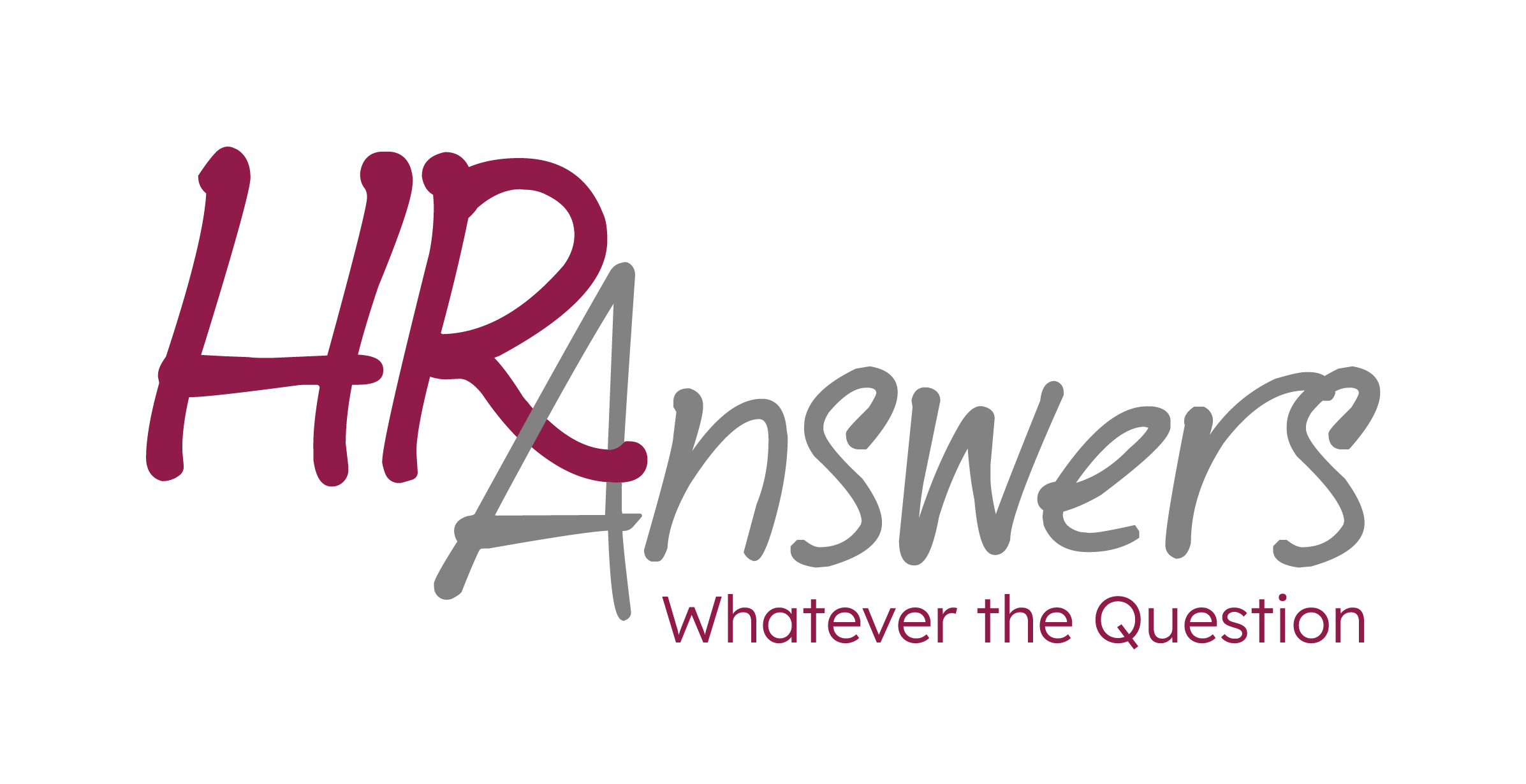Back Too Soon?
Client: I have an employee returning to work after an injury, but I’m concerned they aren’t fully healed. They say they need the money, but I don’t want them to get hurt again. What should I do?
Consultant: You’re in a tough spot. You want to support your employee’s financial needs while ensuring their health and safety. The key is to follow medical guidance, maintain compliance with workplace safety laws, and find a solution that protects both the employee and the company.
Client: They say they’re fine, but I can tell they’re struggling. Can I stop them from coming back?
Consultant: If they’ve been cleared by a medical provider, you can’t automatically prevent them from working. However, you can require proper documentation and ensure any restrictions are followed.
Try this:
“I appreciate that you’re eager to return, and we want to make sure you do so safely. We’ll need a doctor’s note confirming any work restrictions or modifications needed to prevent further injury.”
This keeps the conversation focused on safety, not their financial situation.
Client: What if they refuse to provide a doctor’s note?
Consultant: If the injury required medical leave, you have the right to request return-to-work documentation. Without it, you can’t confirm they’re fit for duty.
You might say:
“For your safety, we need documentation from your doctor clearing you for work and outlining any restrictions. Until we have that, we need to hold off on your return to ensure you’re protected.”
This keeps the responsibility on them to provide medical clearance.
Client: Their doctor cleared them, but I can see they’re struggling with tasks. What do I do?
Consultant: If they’re visibly struggling, check whether their restrictions are being followed. If they don’t have restrictions and are still having difficulty, a follow-up medical evaluation might be needed.
Try this:
“I see that some tasks seem to be causing discomfort. Are you feeling okay doing this work, or do we need to revisit accommodations to ensure your safety?”
This allows them to acknowledge struggles without feeling pressured to push through pain.
Client: What if they admit they’re struggling but don’t want to reduce hours or take time off?
Consultant: Work with them to find a temporary modification that keeps them working safely. If applicable, offer light-duty tasks that align with their doctor’s recommendations.
You might say:
“We want to support your return while making sure you don’t risk re-injury. Let’s review what tasks we can adjust to make this transition smoother.”
This helps them keep earning while reducing the risk of further harm.
Client: What if they insist they can do everything, even though I can tell they’re pushing themselves too hard?
Consultant: If they’re exceeding documented restrictions or showing signs of strain, address it proactively.
You could say:
“I appreciate your commitment, and I know you want to be fully back. However, I need to ensure we’re following the medical guidelines. Let’s check in with your doctor to make sure we’re staying within safe limits.”
This reinforces that safety is the priority—not just their willingness to work.
Client: So, the key is to follow medical guidance, offer adjustments if needed, and not let financial concerns override safety?
Consultant: Exactly. Support the employee, and ensure they aren’t putting themselves at risk. A structured return-to-work approach protects both their well-being and the company.
And if you need help structuring accommodations or compliance reviews, we’re here to assist.










